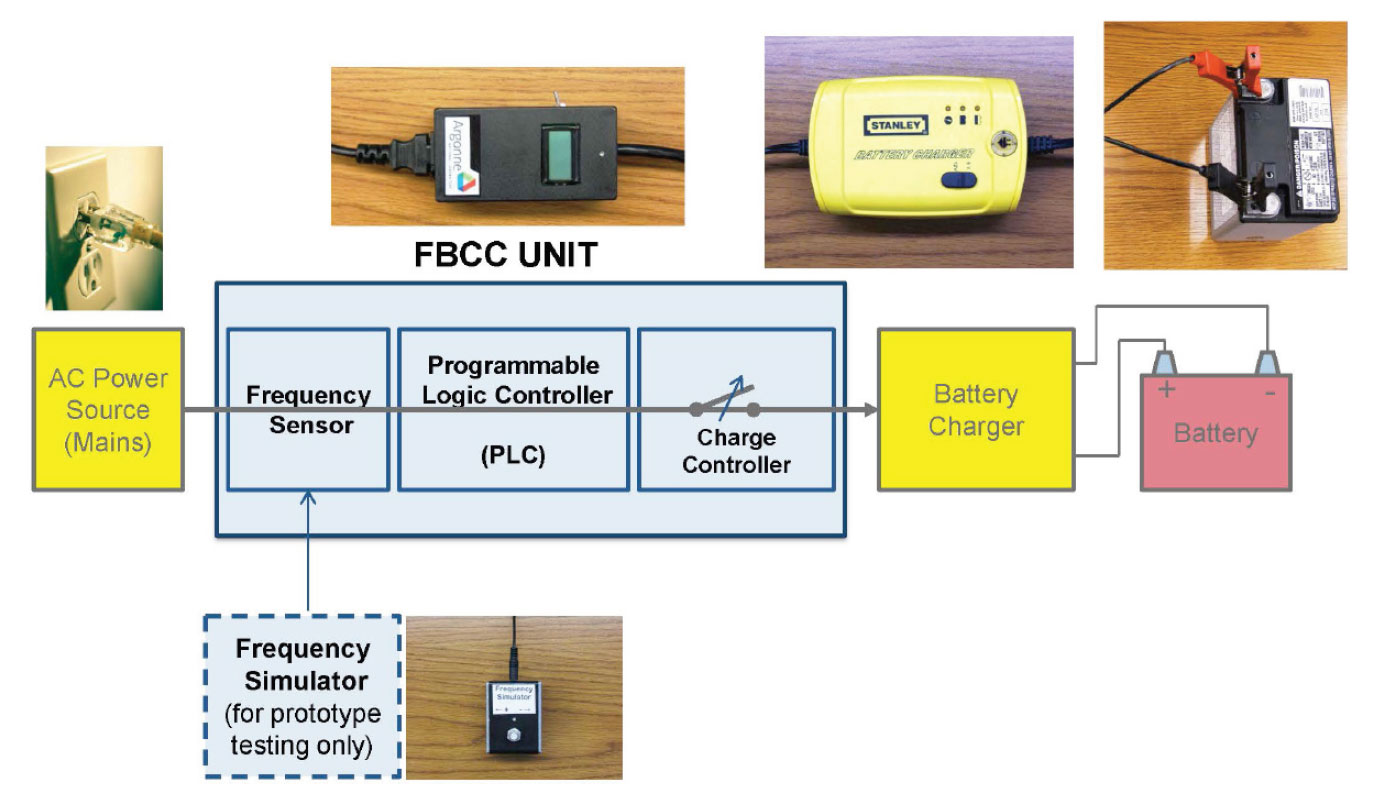
Current Challenges
Coolant radiators in highway trucks are designed to transfer maximum heat at a “design condition.” The current standard design condition is a fully-loaded truck climbing up Baker Grade on the hottest summer day. The coolant system, including radiator, is sized to remove 100% of the required heat from the engine at the design condition without boiling the coolant, which results in a large radiator. Consequently, the radiator is oversized for most driving conditions. In some applications the radiator size is limited by the vehicle frontal area, and the engine power may be limited by the radiator size. The key factor affecting the radiator size is the heat transfer coefficient of the outside air flowing over it. If this coefficient is increased, the radiator can be more efficient. A smaller radiator may be sufficient for the same engine, or more heat could be transferred from an existing radiator, allowing for a bigger engine.
The Solution
Researchers at Argonne National Laboratory have made novel modifications in the design of coolant radiators that provide a better air-side heat transfer coefficient. The new design is a Hybrid Radiator-Cooling System that utilizes conventional finned air cooling under most driving conditions that would be sufficient to remove all of the required engine heat. Under extreme driving conditions, additional active evaporative cooling is employed to remove the total heat load. In this Hybrid Radiator-Cooling System, depending on the need of heat transfer, only at or very near the thermal design condition, the active heat transfer mechanism is deployed increasing the heat transfer coefficient in a conventional radiator. In detailed computational analysis, the Hybrid Radiator-Cooling System increased heat transfer rate up to 46%.
There are two primary applications for the Hybrid Radiator-Cooling System. An existing engine can function with a smaller radiator and cooling system, or an existing radiator and cooling system can support a larger engine. Both applications are of interest to segments of the automotive industry.
Benefits
The Hybrid Radiator-Cooling System that:
- Delivers a 46% higher heat removal over conventional radiator.
- Has a smaller radiator that reduces parasitic losses and provides for a more aerodynamic front design.
- Makes it possible to equip highway trucks with higher horsepower engines.
Applications and Industries
A better cooling system for
- highway trucks; and
- other diesel engines
Development Status
The Hybrid Radiator-Cooling System was analyzed numerically at Argonne National Laboratory in combination with a 500 horse power Cummins Class 8 diesel engine and its performance compared with the conventional cooling system.




